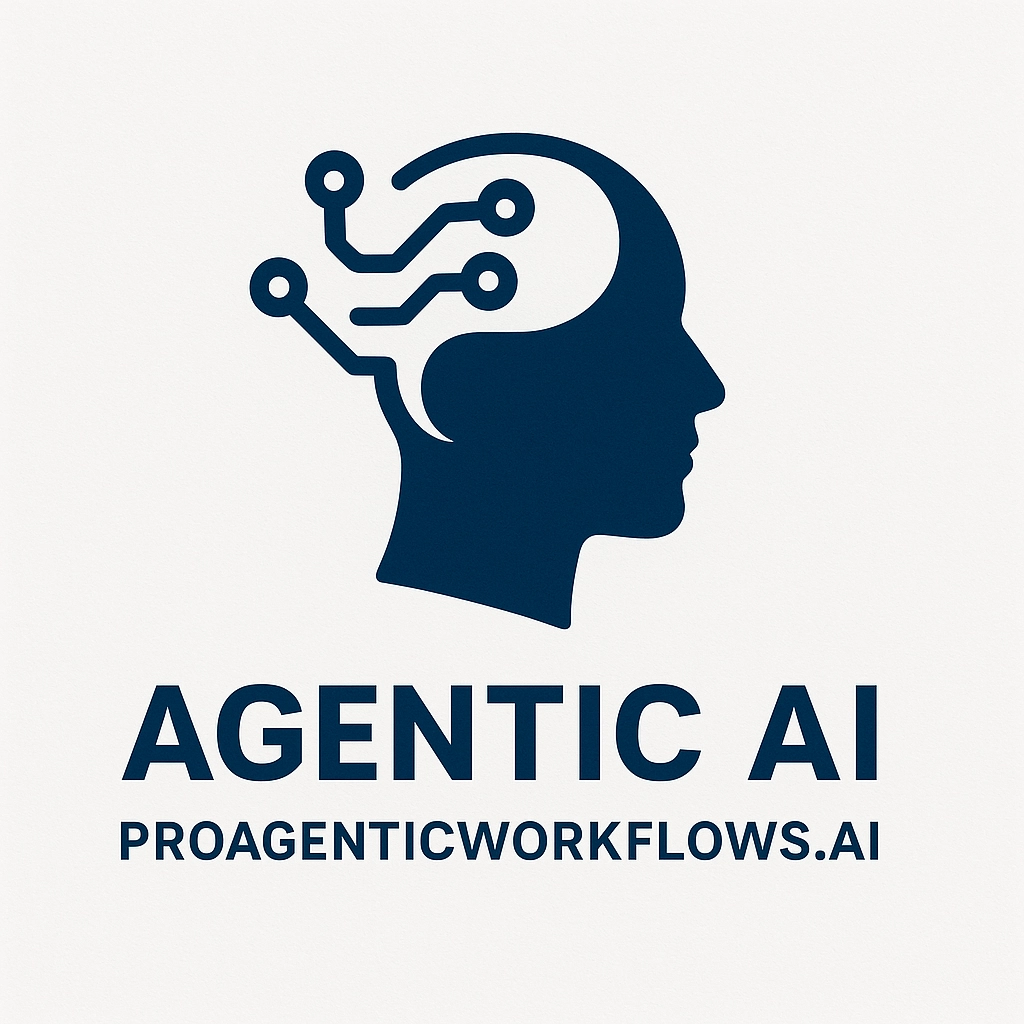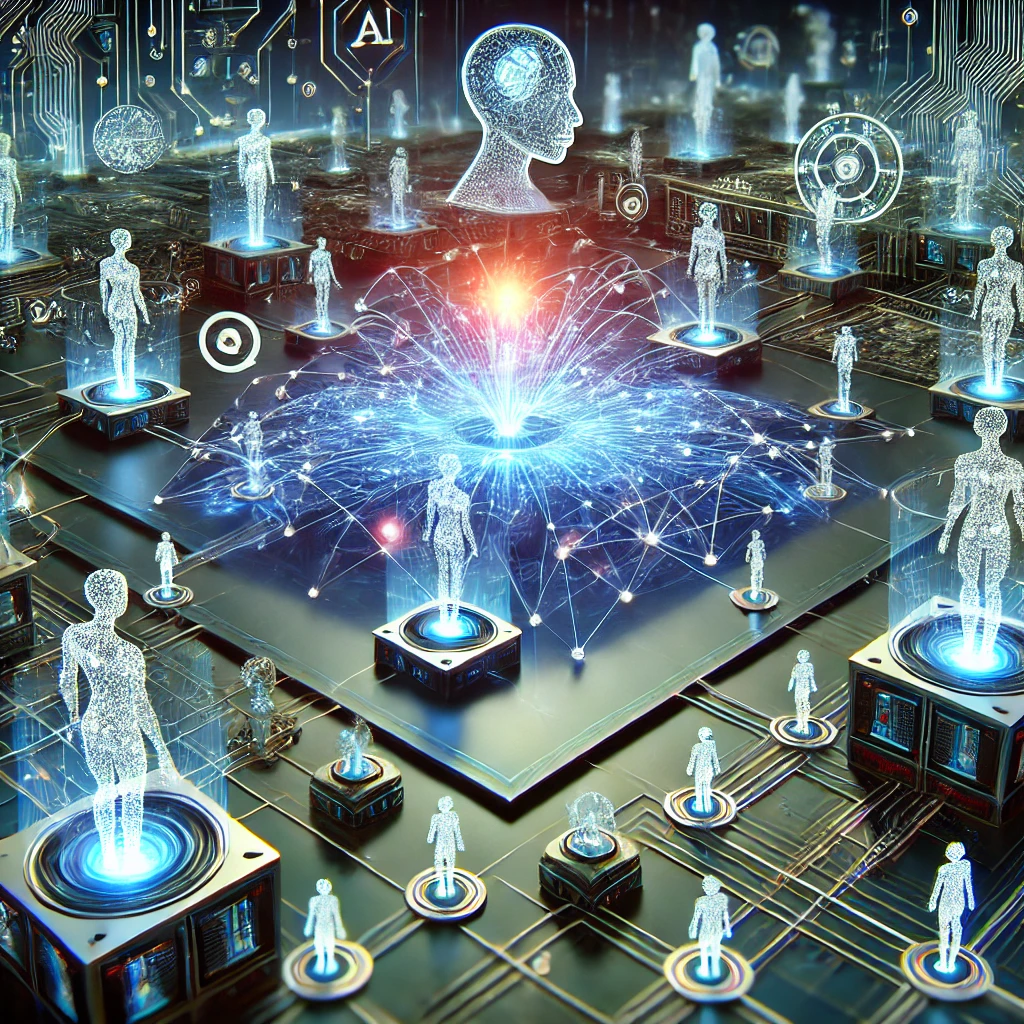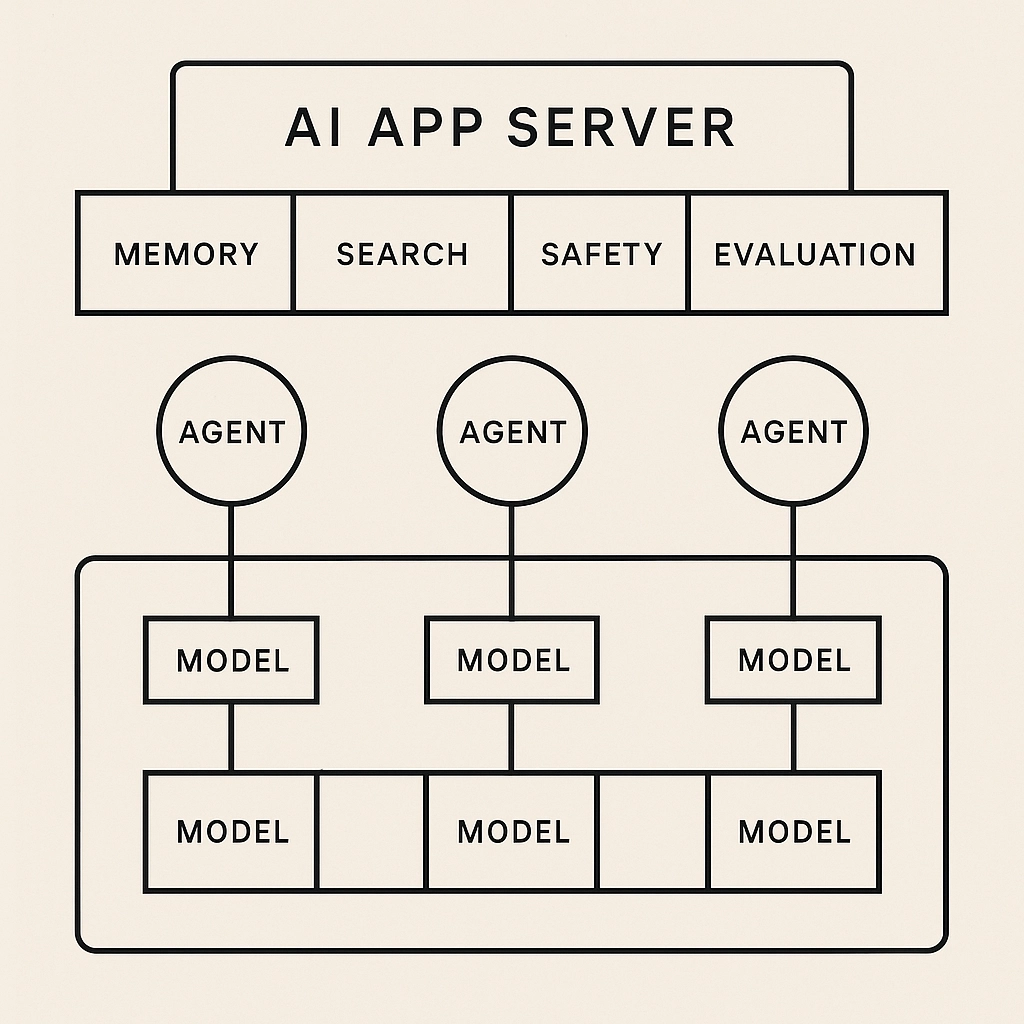The Rise of AI Society: How Multi-Agent Collaboration is Shaping the Future
Introduction: Beyond Traditional AI Workflows
Artificial Intelligence is no longer confined to isolated models solving singular tasks. The emergence of AI Society—a network of intelligent, autonomous agents working collaboratively—marks a paradigm shift in how AI systems operate. Unlike traditional multi-agent AI workflows that follow predefined sequences, AI Society introduces self-organizing, context-aware, and goal-driven AI ecosystems.
In this blog, we’ll explore what sets AI Society apart from conventional AI systems and why it holds the potential to transform industries by enabling autonomous intelligence at scale.
What is AI Society?
AI Society is a multi-agent system where AI entities interact dynamically, negotiate, and adapt based on context, goals, and real-world uncertainties. Inspired by human societies, it introduces emergent behaviors, where agents self-organize, optimize workflows, and enhance decision-making without requiring explicit rules.
Key Features of AI Society
✅ Autonomous Collaboration – Agents work together to solve problems dynamically. ✅ Emergent Intelligence – Decision-making improves as agents interact and learn over time. ✅ Adaptive Workflows – Agents modify strategies based on real-time data and constraints. ✅ Optimized LLM Calls – Reduces unnecessary AI model usage, minimizing latency and cost. ✅ Cross-Agent Learning – Knowledge is shared among agents, improving efficiency.
AI Society vs. Traditional Multi-Agent AI
Aspect | Traditional Multi-Agent AI | AI Society |
|---|---|---|
Task Execution | Sequential, rule-based workflow | Adaptive, goal-driven collaboration |
Decision-Making | Predefined logic, human intervention needed | Agents self-organize, minimal oversight |
Efficiency | Requires multiple LLM calls for different tasks | Optimizes LLM calls via shared context |
Scalability | Rigid architecture, hard to expand | Modular, scalable agent-based design |
Handling Uncertainty | Limited flexibility, struggles with edge cases | Agents adjust dynamically based on context |
How AI Society Works: A Breakdown
AI Society is structured around specialized AI agents that collaborate intelligently. Each agent has a distinct role but interacts fluidly within an ecosystem of autonomous agents.
Core Agent Roles in AI Society
🔹 Query Analyzer – Understands user intent, predicts next possible actions.
🔹 Policy Negotiator – Adapts rules and constraints dynamically instead of following static logic.
🔹 Cost & Efficiency Evaluator – Weighs trade-offs and suggests optimal alternatives.
🔹 Recommendation Engine – Generates insights based on real-time data, past interactions, and learned behaviors.
🔹 Execution Agent – Finalizes decisions, handles failures, and self-corrects when needed.
🔹 Feedback Agent – Collects insights from past interactions to refine AI Society’s intelligence.
Why AI Society is the Future of AI Systems
1️⃣ Lower Latency & Higher Efficiency
Unlike traditional AI workflows that rely on multiple LLM calls, AI Society reduces latency by 40-50% through:
✅ Parallelized Execution – Agents work simultaneously instead of sequentially.
✅ Shared Context Memory – Reduces redundant LLM calls by retaining knowledge.
✅ Dynamic Decision-Making – Avoids unnecessary processing by adapting in real time.
2️⃣ Scalable & Modular AI Architectures
AI Society enables organizations to scale AI operations efficiently by: ✅ Decentralizing decision-making to avoid bottlenecks.
✅ Building plug-and-play AI agents that can be deployed independently.
✅ Ensuring fault tolerance—if one agent fails, others compensate dynamically.
3️⃣ Self-Optimizing Intelligence
Instead of requiring constant human oversight, AI Society learns and improves over time:
✅ Cross-Agent Learning ensures each agent refines its expertise with every interaction.
✅ Emergent Behavior allows agents to form new workflows without predefined instructions.
✅ Context-Awareness lets agents predict user needs before they are explicitly stated.
Industries Poised for AI Society Disruption
AI Society can revolutionize sectors where complex problem-solving, real-time adaptation, and autonomous workflows are crucial. Some potential applications include:
📌 Healthcare – AI-driven diagnostic agents collaboratively assess patient conditions and recommend treatments.
📌 Finance – Autonomous trading bots negotiate market positions dynamically.
📌 Manufacturing – AI agents optimize supply chains and predictive maintenance autonomously.
📌 Customer Support – AI-powered assistants dynamically resolve customer queries by coordinating multiple expert agents.
📌 Autonomous Systems – Smart cities, self-driving cars, and robotics benefit from decentralized AI decision-making.
Challenges & Considerations for AI Society Implementation
While AI Society holds immense promise, its implementation requires addressing key challenges:
✅ Inter-Agent Coordination – Developing robust communication protocols for AI agents.
✅ Ethical Decision-Making – Ensuring AI behaviors align with human values.
✅ Scalability & Computational Efficiency – Managing resources optimally for large-scale deployment.
✅ Security & Privacy – Preventing adversarial attacks and ensuring data protection.
The Road Ahead: Building the Future with AI Society
AI Society is more than just a multi-agent framework—it represents the next evolution in AI. By moving beyond static, task-based workflows to dynamic, emergent intelligence, AI Society enables truly autonomous AI systems that scale efficiently, reduce costs, and drive intelligent automation.
🚀 Are you ready for the AI Society revolution? Whether in healthcare, finance, customer support, or robotics, integrating AI Society principles will be the key to unlocking smarter, self-optimizing AI ecosystems.
Next Steps: How to Get Started
🔹 Experiment with AI Society models – Try frameworks like CAMEL-AI or AutoGen to simulate multi-agent interactions.
🔹 Optimize workflows – Identify areas where multi-agent collaboration can enhance efficiency.
🔹 Deploy gradually – Start with small AI clusters before scaling to larger AI Societies.
The future belongs to self-organizing, autonomous AI ecosystems—and AI Society is leading the way. Will you be part of it? 🚀






Comments